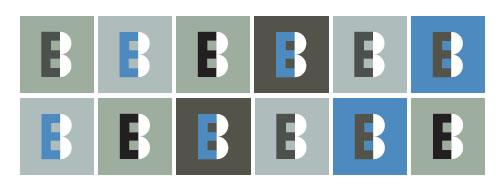The randomised controlled trial in medical research: using bibliometric methods to identify core journals
DOI:
https://doi.org/10.18438/B8CC7MAbstract
A review of:Tsay, Migh-yueh, and Yen-hsu Yang. “Bibliometric Analysis of the Literature of Randomized Controlled Trials.” Journal of the Medical Library Association 93.4 (October 2005): 450-58.
Objective – To explore the characteristics and distribution of randomized controlled trials (RCTs) in the medical literature. The study aims to identify the growth patterns of the RCT, key subject matter, country and language of publication, and determine a list of core journals which contain a substantial proportion of the RCT literature.
Design – Retrospective analysis of RCTs.
Setting – Medical journal literature.
Subjects – A total of 160,213 articles published between 1965-2001. Detailed analysis of a subset numbering 114,850 articles published from 1990-2001.
Methods – The study seeks to identify all RCTs in MEDLINE from 1965-2001, and examines the growth rate of the RCT. The authors then do a more detailed analysis on a subset of data from 1990-2001, using Access database and Excel spreadsheet software, and PERL programming language. The references were analyzed by five fields within MEDLINE; publication type, source, language, country of publication, and descriptor (subject index).
Main results – An exponential growth rate for the RCT is demonstrated, suggesting that in the medical literature development has not yet matured and that research using this method continues to grow. A growth rate for the RCT of 11.2% per annum is identified.
The most common form of publication is the journal article, making up approximately 98% of the RCT literature. Approximately 75% of the RCTs are multicentre trials indicating that this is the design of choice adopted by researchers.
The United States proves to be the greatest source of RCT literature, with 39.9% of journals and 50.6% of articles originating there. After the USA, the most productive countries are England (15.8% of journals and 21.7% articles) and Germany (6.5% journals and 6.1% articles). As might be expected, English is the predominant language providing 92.9% of the total publications. Of the remaining 7%, German is the most common language accounting for 2.2%.
The top three areas being researched are:
1. Drug therapy for hypertension - 2291 citations
2. Anticancer drug combinations - 2140 citations
3. Drug therapy and asthma - 1397 citations
Bradford’s law of scattering is successfully applied, identifying four zones of journals which each publish approximately 26,000 articles.
Conclusion – The results indicate that bibliometric methods can be applied to the medical literature, and highlight those disciplines in which RCTs more often occur. A core list of 42 journal titles is presented, providing busy practitioners with invaluable guidance as to which journals are most likely to publish the greater number of RCTs.
Downloads
Downloads
Published
How to Cite
Issue
Section
License
The Creative Commons-Attribution-Noncommercial-Share Alike License 4.0 International applies to all works published by Evidence Based Library and Information Practice. Authors will retain copyright of the work.








